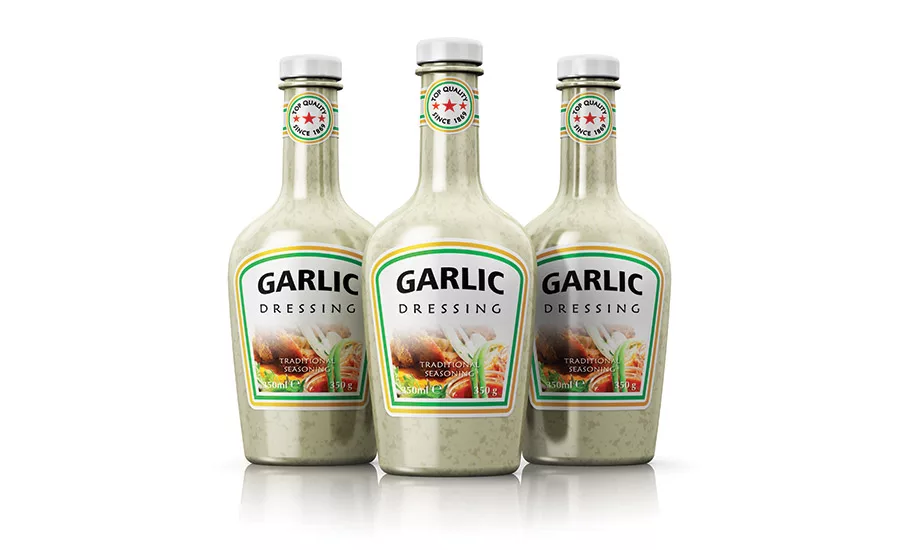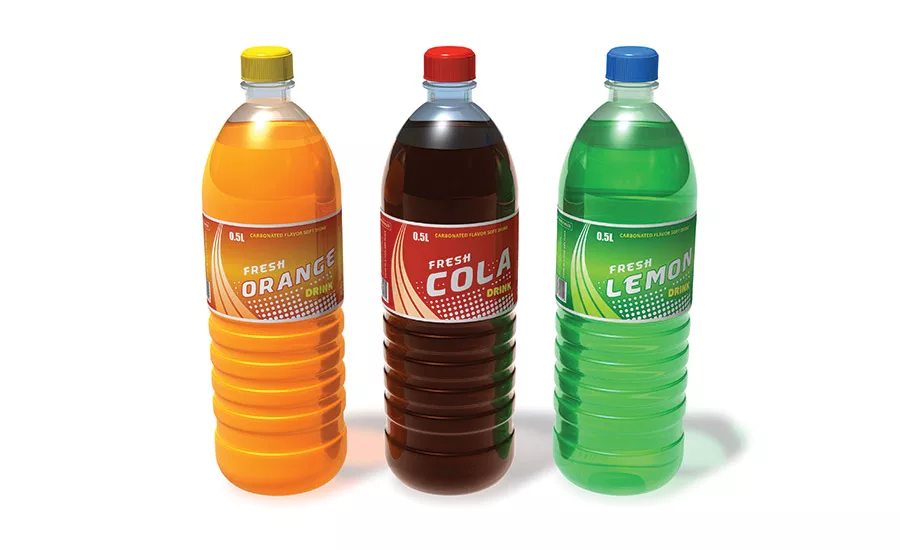Market Trends
UV-Curable Ink Applications Increase
Growth in the UV-curable ink market is being spurred by increased use in food and beverage packaging.


Introduced in 1960, ultraviolet (UV) curable ink has resulted in increased automation, particularly in the manufacturing sector. Originally, water- and solvent-based inks were used for flexographic printing, textile printing, screen printing, and more. Today, most of these inks are based on free radical chemistry, offering a complete, solid system. In addition, UV-curable ink does not contain any solvent that must evaporate during curing. Instead, curing occurs through a reciprocal action of the ingredients in the ink and UV light in a reactor.
A recent study by Allied Market Research predicts that the UV-curable ink market will garner revenues of $3.5 billion by 2020. In addition, the industry is expected to register a compound annual growth rate (CAGR) of 15.7% during the 2015-2020 forecast period. Sudden growth in the packaged food and beverage industry has resulted in the increased application of UV-curable inks for label printing. In addition, conventional inks that have declined in sales, mostly due to their sluggish curing properties, are been gradually replaced by environmentally friendly and high-quality inks.
Compared to solvent-based ink, printing with UV-curable ink provides numerous advantages. In addition to reducing waste, curable inks can reduce the need for air permits, thus opening a route to grow into new applications, increase productivity, and boost image quality. In fact, UV-curable inks have become an attractive alternative to water-based inks due to their ability to fit over different substrates.
The publication and printing sectors will reportedly continue to be the major consumers of curable inks in next four to five years. In addition to their applications in the medical sector, UV-curable inks’ applications have increased in automotive coatings. Ultraviolet ink technology is now used for coating, printing and screen, although they have been found to be more expensive than conventional inks.
For more information, visit www.alliedmarketresearch.com/UV-curable-inks-market.
Looking for a reprint of this article?
From high-res PDFs to custom plaques, order your copy today!


